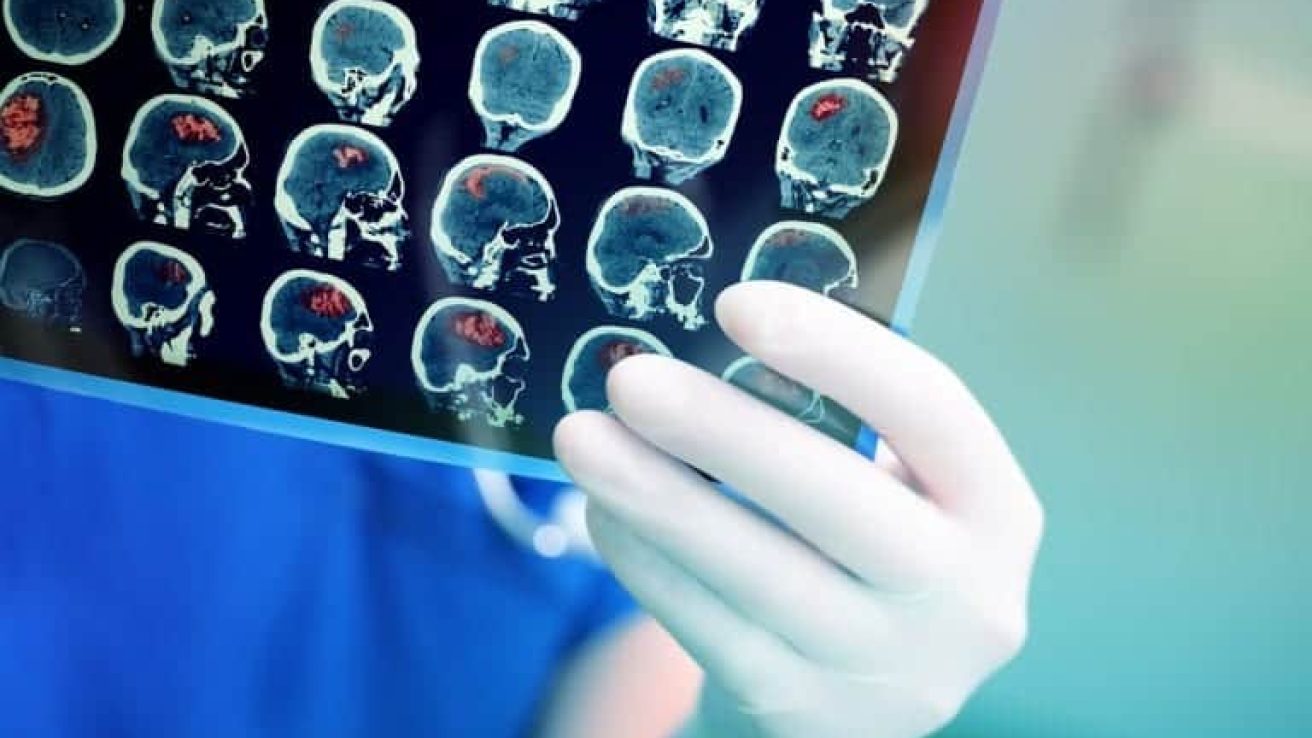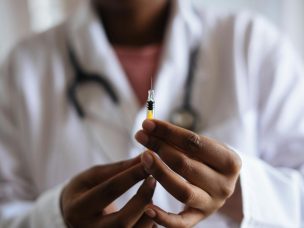TUESDAY, Nov. 24, 2020 (HealthDay News) — More than one-fifth of patients with COVID-19 presenting with neurologic findings who underwent neuroimaging had critical findings, according to a study scheduled for presentation at the annual meeting of the Radiological Society of North America, held virtually from Nov. 29 to Dec. 5.
Colbey W. Freeman, M.D., from the Perelman School of Medicine at the University of Pennsylvania in Philadelphia, and colleagues examined use of neuroimaging in patients with COVID-19 presenting with neurologic complications. Overall, 1,357 severe acute respiratory syndrome coronavirus 2-positive patients were admitted; 81 (6 percent) underwent neuroimaging.
The researchers found that 18 of the patients (22.2 percent) had critical findings on imaging (nine women/nine men; 12 Black/six White). Seven of the 18 were intubated and three were on veno-venous extracorporeal membrane oxygenation at some point. The most common comorbidities were hypertension and type 2 diabetes (13 and nine patients [72.2 and 50 percent], respectively). Three, three, 12, one, and four patients had subarachnoid and intraparenchymal hemorrhage, acute/subacute infarct, hypoxic-ischemic encephalopathy, and large-vessel intracranial occlusion. Mean hemoglobin was below normal, while serum creatinine, D-dimer, and fibrinogen were elevated. Three of the patients died (16.7 percent).
“COVID-19 is associated with neurologic manifestations, and hypertension and type 2 diabetes mellitus are common in individuals who develop these manifestations,” Freeman said in a statement. “These populations may be at higher risk for neurologic complications and should be monitored closely.”










